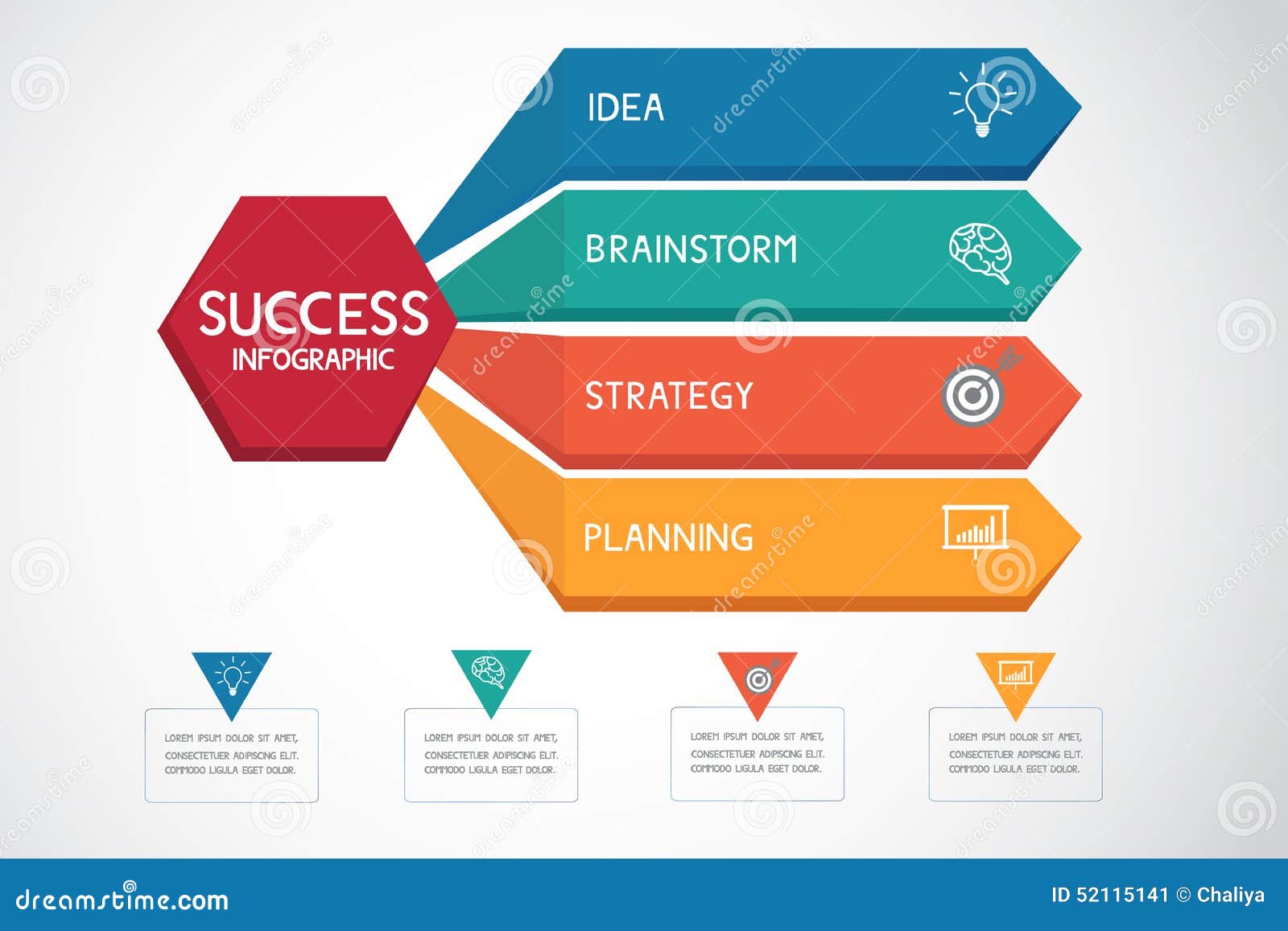Eager To Discover Just How Site Design Has Transformed In Time? Study The Evolution From Simpleness To User-Focused Experiences
Eager To Discover Just How Site Design Has Transformed In Time? Study The Evolution From Simpleness To User-Focused Experiences
Blog Article
Short Article By-Pappas Peters
In the past, sites were easy and focused on info. Navigation was direct, and layout was for desktop computers. Currently, customer experience is essential. Data guides designs for easy navigating. Responsive formats match various tools. Today, dark mode lowers pressure, and minimalist food selections enhance navigating. Interactive features involve individuals, and vibrant visuals stand apart. AI combination boosts engagement. See exactly how design has evolved to improve your online journey.
Early Days of Web Design
In the early days of website design, simpleness preponderated. Internet sites were basic, with restricted shades, fonts, and designs. The focus was on providing details rather than fancy visuals. Users accessed the net via sluggish dial-up links, so rate and capability were crucial.
Navigating food selections were straightforward, generally located on top or side of the page. Web sites were made for desktop, as mobile surfing wasn't yet prevalent. Material was king, and developers prioritized very easy readability over complicated style components.
HTML was the main coding language utilized, and developers had to work within its restrictions. Animations and interactive attributes were marginal contrasted to today's criteria. Sites were static, with little vibrant web content or tailored customer experiences.
Increase of User-Focused Design
With the development of web site style, a shift towards user-focused style concepts has actually become significantly prominent. Today, creating websites that focus on individual experience is crucial for engaging visitors and accomplishing organization objectives. User-focused layout includes comprehending the demands, preferences, and actions of your target market to tailor the internet site's layout, content, and features appropriately.
Developers now perform thorough research study, such as user studies and usability screening, to collect insights and feedback straight from individuals. This data-driven method assists in creating instinctive navigation, clear calls-to-action, and aesthetically attractive user interfaces that resonate with site visitors. By putting the individual at the facility of the design procedure, web sites can supply an extra tailored and enjoyable experience.
Receptive design has likewise become a key element of user-focused design, ensuring that websites are optimized for numerous gadgets and display sizes. This adaptability boosts ease of access and usability, catering to the diverse methods customers engage with web sites today. Fundamentally, the surge of user-focused design symbolizes a change towards creating digital experiences that prioritize the demands and assumptions of completion user.
Modern Trends in Website Design
Explore the current trends shaping web design today. One prominent fad is dark mode design, supplying a streamlined and modern-day appearance while reducing eye stress in low-light environments. An additional crucial fad is minimal navigation, streamlining menus and improving individual experience by concentrating on essential elements. Including micro-interactions, such as computer animated switches or scrolling effects, can create a much more engaging and interactive web site. Responsive layout remains essential, making sure smooth user experiences throughout various devices. Additionally, using strong typography and unbalanced designs can include visual interest and draw attention to particular web content.
Incorporating AI innovation, like chatbots for consumer assistance or individualized suggestions, enhances customer engagement and enhances processes. Accessibility has additionally come to be a substantial fad, with developers focusing on inclusive design techniques to accommodate diverse individual requirements. Welcoming sustainability by enhancing site performance for speed and efficiency is an additional emerging fad in website design. Working together with https://www.softwareadvice.com/resources/manufacturing-digital-marketing-strategy/ and data analytics to iterate and boost design continuously is crucial for remaining pertinent in the ever-evolving digital landscape. By embracing these modern fads, you can produce a visually appealing, user-friendly website that resonates with your target market.
Final thought
As you reflect on the evolution of site style from the early days to currently, you can see how user-focused layout has become the driving pressure behind modern-day patterns.
Welcome the journey of adjustment and adaptation in website design, always keeping the customer experience at the leading edge.
Remain existing with the current trends and technologies, and never ever quit advancing your strategy to develop visually magnificent and easy to use websites.
Advance, adjust, and develop - the future of web design remains in your hands.
